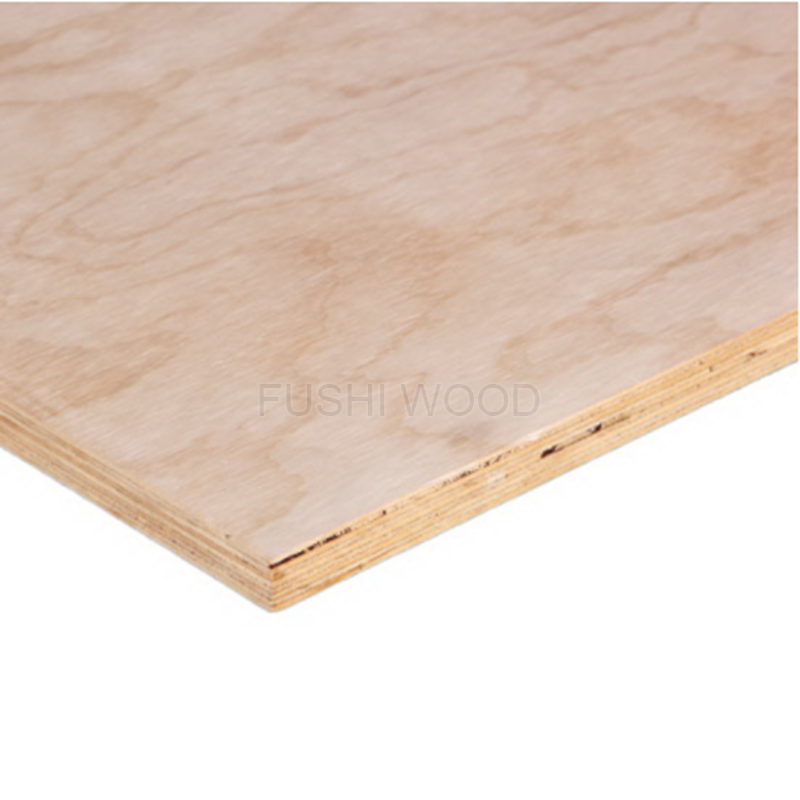Aug. 16, 2023
Construction & Real Estate
When it comes to roofing materials, plywood plays a crucial role in providing structural support and protection against the elements. Among the various types of plywood available, CDX plywood is a common choice due to its affordability and versatility. However, before using CDX plywood for roofing, it's important to understand its properties, advantages, and limitations to ensure a successful and durable roofing solution. In this article, we'll delve into the question of whether CDX plywood can be used for roofing applications.
CDX Plywood: Understanding the Basics
CDX plywood is an abbreviation that refers to the grading and composition of the plywood. The "C" stands for the face quality of the plywood, while the "D" represents the quality of the backside. The "X" indicates that the glue used in the plywood is exterior grade, making it suitable for outdoor use and exposure to weather conditions. CDX plywood is constructed by layering thin wood veneers and bonding them with exterior-grade adhesives, resulting in a sturdy and relatively cost-effective material.
Advantages of CDX Plywood
Affordability: CDX plywood is known for its cost-effectiveness, making it an attractive option for budget-conscious roofing projects.
Weather Resistance: The exterior-grade glue used in CDX plywood provides a certain level of protection against moisture and weather elements, making it suitable for applications where exposure to rain, snow, and humidity is inevitable.

Strength and Durability: Waterproof CDX plywood's layered construction and exterior-grade glue contribute to its strength and durability, allowing it to withstand moderate loads and provide structural stability.
Ease of Installation: CDX plywood is relatively easy to cut, nail, and install, which can streamline the roofing process and reduce labor costs.
Limitations and Considerations
While CDX plywood has its advantages, there are certain limitations and considerations that need to be addressed when contemplating its use for roofing applications:
Moisture Concerns: While CDX plywood is designed to be moisture-resistant, it is not entirely waterproof. Prolonged exposure to water and humidity can still lead to deterioration, warping, and delamination over time.
Longevity: CDX plywood may have a shorter lifespan compared to other specialized roofing materials designed explicitly for extended durability and weather resistance.
Load Capacity: CDX plywood has moderate load-bearing capabilities. It may not be suitable for areas with heavy snow accumulation or where heavy equipment might be placed on the roof.
Compatibility with Roofing Materials: The compatibility of CDX plywood with roofing materials, such as shingles or metal roofing, should be carefully evaluated. Certain roofing materials may require additional layers or underlayment for proper installation and longevity.
Conclusion
In conclusion, CDX plywood can be used for roofing applications under certain circumstances. Its affordability, relative weather resistance, and ease of installation make it a viable option for projects with budget constraints or where short-term roofing solutions are acceptable. However, it's important to assess the specific requirements of your roofing project and consider the potential limitations of CDX plywood, such as its moisture susceptibility and load-bearing capacity.
For long-lasting and robust roofing solutions, especially in areas with harsh weather conditions, it's recommended to explore specialized roofing materials that offer enhanced durability and performance. Consulting with roofing professionals and considering local building codes can help you make an informed decision about whether CDX plywood is suitable for your roofing needs.
Previous: Exploring the Diversity of Prefabricated Container House Styles and Configurations
Next: What is a fog fountain?
If you are interested in sending in a Guest Blogger Submission,welcome to write for us!
All Comments ( 0 )